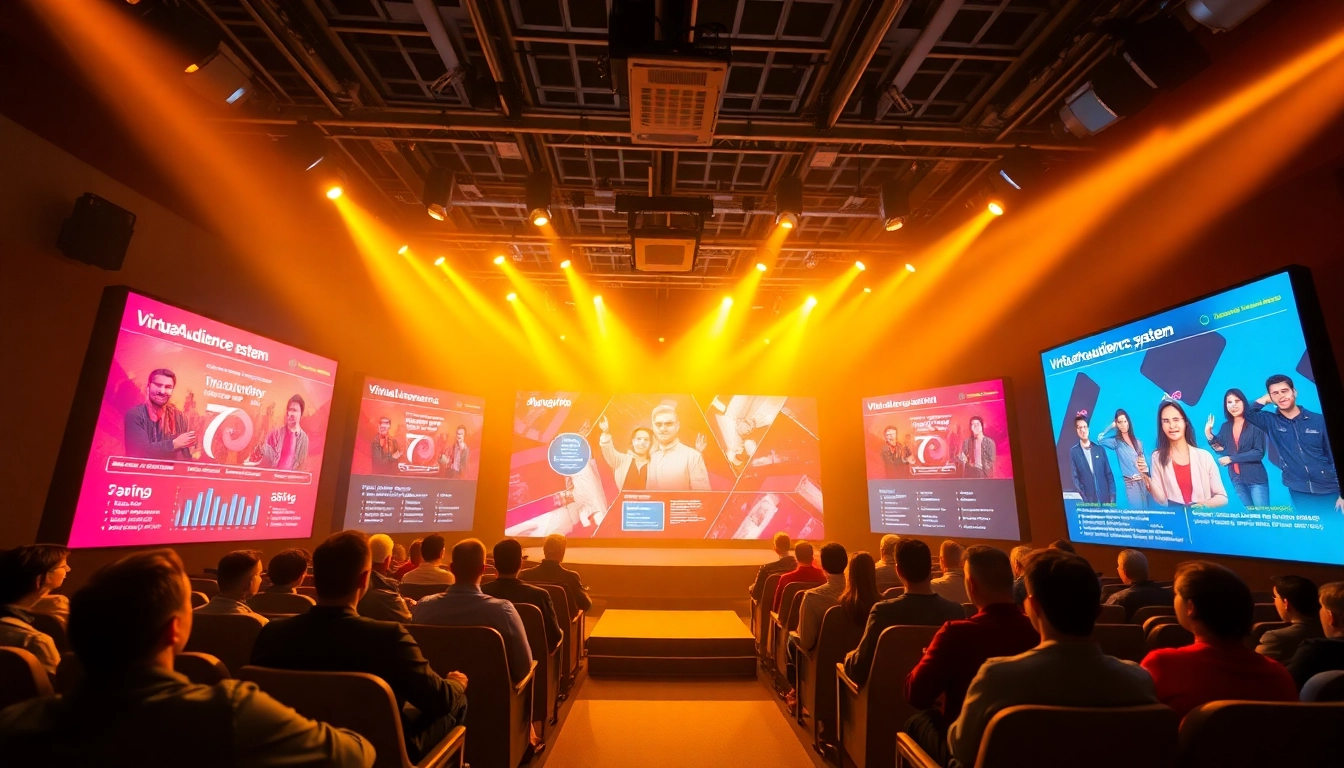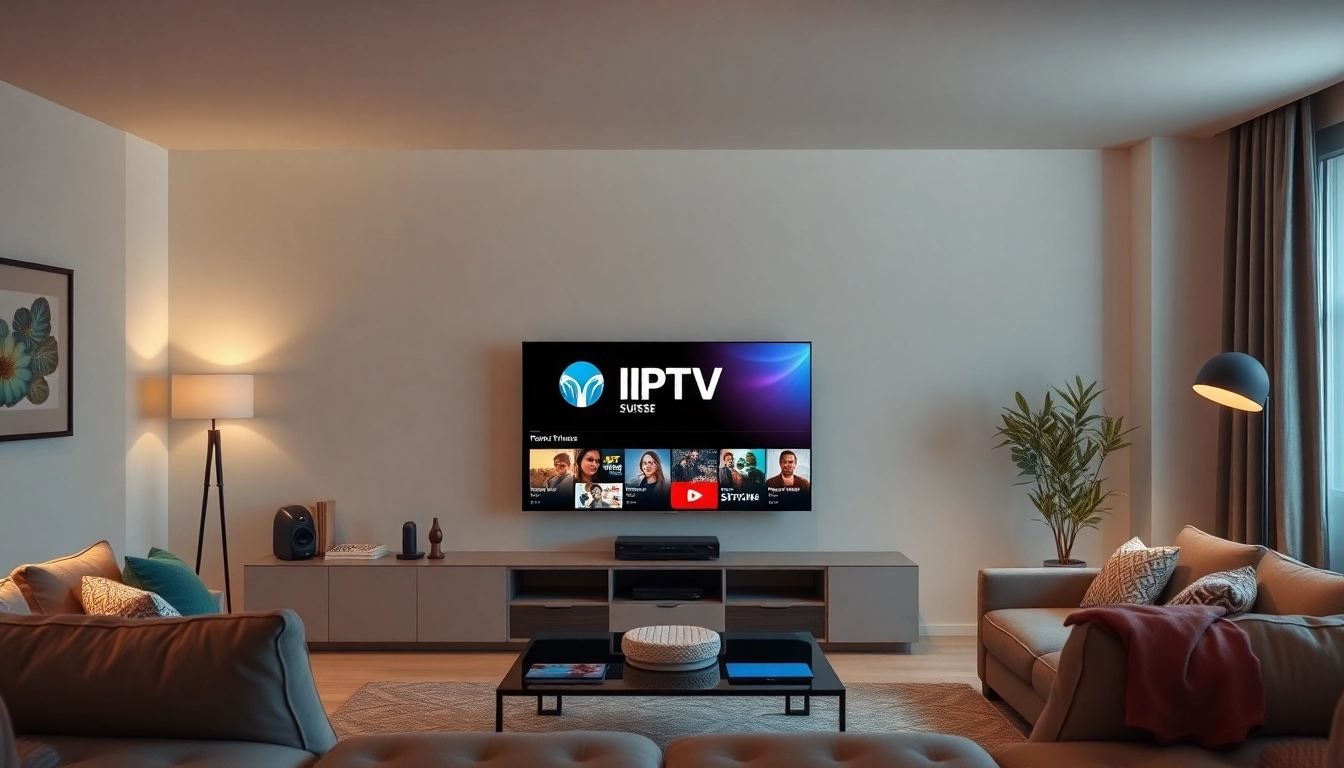Understanding the Virtual Audience System
As the digital landscape continuously evolves, traditional methods of audience engagement have given way to innovative solutions that enhance interaction and connection. One such solution is the Virtual Audience System, a transformative approach designed to create interactive environments for various events, whether corporate, educational, or social. This article delves into the intricacies of the Virtual Audience System, exploring its functions, benefits, and practical implementation strategies.
The Concept of Virtual Audiences
Virtual audiences refer to groups of participants who engage with an event remotely, utilizing digital platforms to connect with presenters and fellow attendees. Unlike physical audiences, virtual participants can be located anywhere in the world, enabling organizers to reach wider demographics without geographical constraints. The rise of virtual audiences has necessitated the development of systems that can effectively manage interactions, provide feedback, and foster engagement akin to live experiences.
How the Virtual Audience System Works
The Virtual Audience System operates on a multi-faceted architecture, taking advantage of technologies such as video conferencing, live streaming, interactive tools, and audience analytics. At its core, the system incorporates several components:
- Video Streaming: High-quality broadcasting of live events ensures that virtual audiences can see and hear presenters as if they were physically present.
- Chat and Q&A Features: These tools allow participants to ask questions, share thoughts, and interact during sessions, enhancing interactivity.
- Polling and Surveys: Instant feedback mechanisms enable audience members to express their opinions and preferences, providing organizers with valuable insights.
- Analytics Dashboard: A robust backend collects and analyzes data related to audience engagement, providing metrics on participation rates, feedback, and interaction levels.
This coherent structure not only fosters engagement but also ensures organizers can refine their strategies based on audience behavior and preferences.
Benefits of Using a Virtual Audience System
Implementing a Virtual Audience System brings several significant benefits:
- Wider Reach: Virtual events can attract global participants, breaking geographical barriers and expanding potential audience size.
- Cost-Effectiveness: By eliminating travel and venue costs, organizations can allocate funds more effectively, investing in high-quality content and technology.
- Enhanced Engagement: Interactive features such as live polls and Q&A sessions improve participant engagement, making virtual events more dynamic than traditional formats.
- Data-Driven Insights: Real-time analytics offer organizers valuable feedback, allowing for adjustments during the event and improvements for future iterations.
- Flexibility: Virtual formats are adaptable, allowing for changes in content, presentations, and interaction styles based on the audience’s needs.
Setting Up Your Virtual Audience System
Essential Tools and Technology
To effectively establish a Virtual Audience System, selecting the right tools and technology is critical. Here are the essentials:
- Video Conferencing Software: Platforms like Zoom, Microsoft Teams, and Webex provide the backbone for real-time video communication.
- Live Streaming Services: Services such as YouTube Live and Vimeo Live can reach a broader audience and offer integrated chat features.
- Audience Engagement Tools: Applications like Slido or Mentimeter enhance interactivity with live polls, Q&As, and interactive quizzes.
- Event Management Software: Comprehensive solutions like Eventbrite or Whova can help with registration, ticketing, and attendee tracking.
- Analytics Tools: Integration with tools like Google Analytics or proprietary dashboards can provide insights into user engagement and behavior.
Step-by-Step Setup Guide
Setting up your Virtual Audience System can be a streamlined process if followed methodically. Here’s a step-by-step guide:
- Define Your Objectives: Identify the goals of your virtual event, including desired outcomes for audience engagement and interaction.
- Select Your Technology Stack: Choose the appropriate software and tools based on your audience size and event type.
- Plan the Content: Develop a compelling agenda that incorporates interactive elements tailored to your audience’s interests.
- Test Your Technology: Conduct technical rehearsals to ensure all tools work seamlessly and that presenters are comfortable navigating the system.
- Engage Your Audience Before the Event: Use marketing strategies to build excitement and inform participants about how to engage during the event.
- Monitor Engagement During the Event: Utilize analytics to gauge participant interaction and adjust in real-time if necessary.
- Gather Feedback Post-Event: Create surveys to obtain audience feedback and measure the success of your engagement strategies.
Common Challenges and Solutions
While setting up a Virtual Audience System can enhance engagement, several challenges may arise. Here are common issues and their solutions:
- Technical Difficulties: Ensure robust IT support during the event. Conduct thorough testing ahead of time to mitigate issues.
- Low Engagement Rates: Incorporate more interactive elements such as live polls and breakout rooms to encourage participation.
- Participant Disconnect: Encourage networking opportunities during the event with Q&A sessions and informal discussions to maintain engagement.
- Data Overload: Focus on key metrics that align with your objectives; avoid overwhelming yourself with unnecessary data points.
Engaging Your Audience Effectively
Interactive Features to Boost Engagement
Engagement in virtual environments hinges on interactivity. Here are powerful features to include:
- Live Polls: These encourage participant input in real-time, making them feel involved in the proceedings.
- Chat Rooms: Dedicated chat rooms for specific topics allow for focused discussions and networking opportunities.
- Breakout Sessions: Smaller, focused groups can discuss topics in depth, facilitating meaningful conversations among participants.
- Gamification Elements: Incorporating games or challenges can enhance engagement and make the experience more enjoyable.
Measuring Audience Reactions
Understanding audience reactions is crucial for gauging engagement and improving future events. Here are methods for measurement:
- Live Analytics: Use live dashboards to monitor metrics such as session attendance, engagement levels, and feedback during the event.
- Post-Event Surveys: Distributing surveys after the event can provide insights into the audience’s experience and satisfaction.
- Social Media Monitoring: Track mentions and engagement on social platforms to gauge audience sentiment and reach.
Optimizing Content for Virtual Audiences
Content plays a pivotal role in maintaining audience interest. Here are ways to optimize your content:
- Use Visual Aids: Integrate slides, videos, and other visuals to break up text and keep the audience engaged.
- Concise Messaging: Keep presentations clear and to the point, avoiding jargon and overly complex information.
- Personalization: Tailor content to specific audience segments to ensure relevance and interest.
Case Studies: Successful Virtual Audience System Implementations
Business Event Success Stories
Businesses have leveraged Virtual Audience Systems for various successful events. For instance, Company XYZ transitioned its annual conference to a virtual format, utilizing interactive polls and breakout rooms, which resulted in a 40% increase in attendee engagement compared to previous physical events.
Educational Applications and Outcomes
In the education sector, universities and colleges have adopted Virtual Audience Systems to enhance learning experiences. One case involved a renowned university that implemented live Q&A sessions during online lectures, significantly improving student participation and satisfaction rates.
Non-Profit Engagement Examples
Non-profits have also successfully used Virtual Audience Systems for fundraising events. Notably, an organization raised record-breaking donations by combining emotional storytelling with live interactions, demonstrating the power of engaging virtual experiences.
Future Trends in Virtual Audiences
Innovations in Audience Engagement
The landscape of audience engagement is continuously evolving. Innovations may include the use of artificial intelligence for personalized experiences and augmented reality (AR) to create immersive environments, allowing participants to feel as if they are part of the event physically.
The Evolution of Virtual Platforms
As technology improves, virtual platforms will likely evolve in functionality and user experience. Expect to see enhanced integrations with other digital tools, improved user interfaces, and increased accessibility for various demographics.
Preparing for the Next Generation of Virtual Audiences
Organizations must stay ahead of trends to prepare for future virtual audiences. Continuous education on emerging technologies, gathering feedback for constant improvement, and being adaptable are key strategies for success in this rapidly changing environment.



